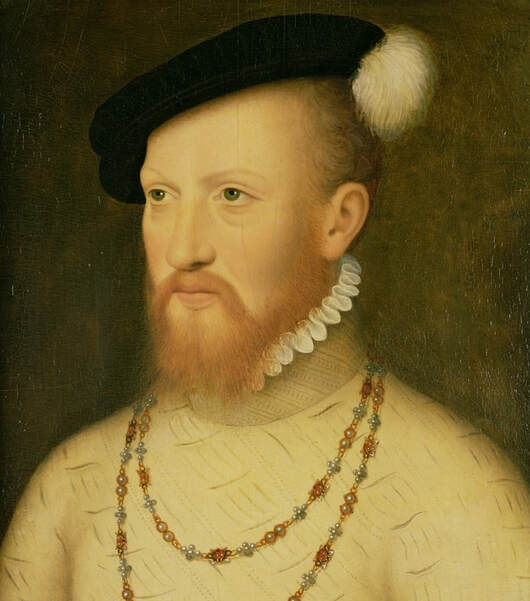Henry VIII, the Reign
Part Fifty - One
Henry Howard, Earl of Surrey and Boulogne - Mary Rose Sunk
Henry Howard, Earl of Surrey and Boulogne - Mary Rose Sunk
 In Control - Edward Seymour
In Control - Edward Seymour
|
|
Henry VIII, the Reign.
|
Henry VIII, the Reign.
|